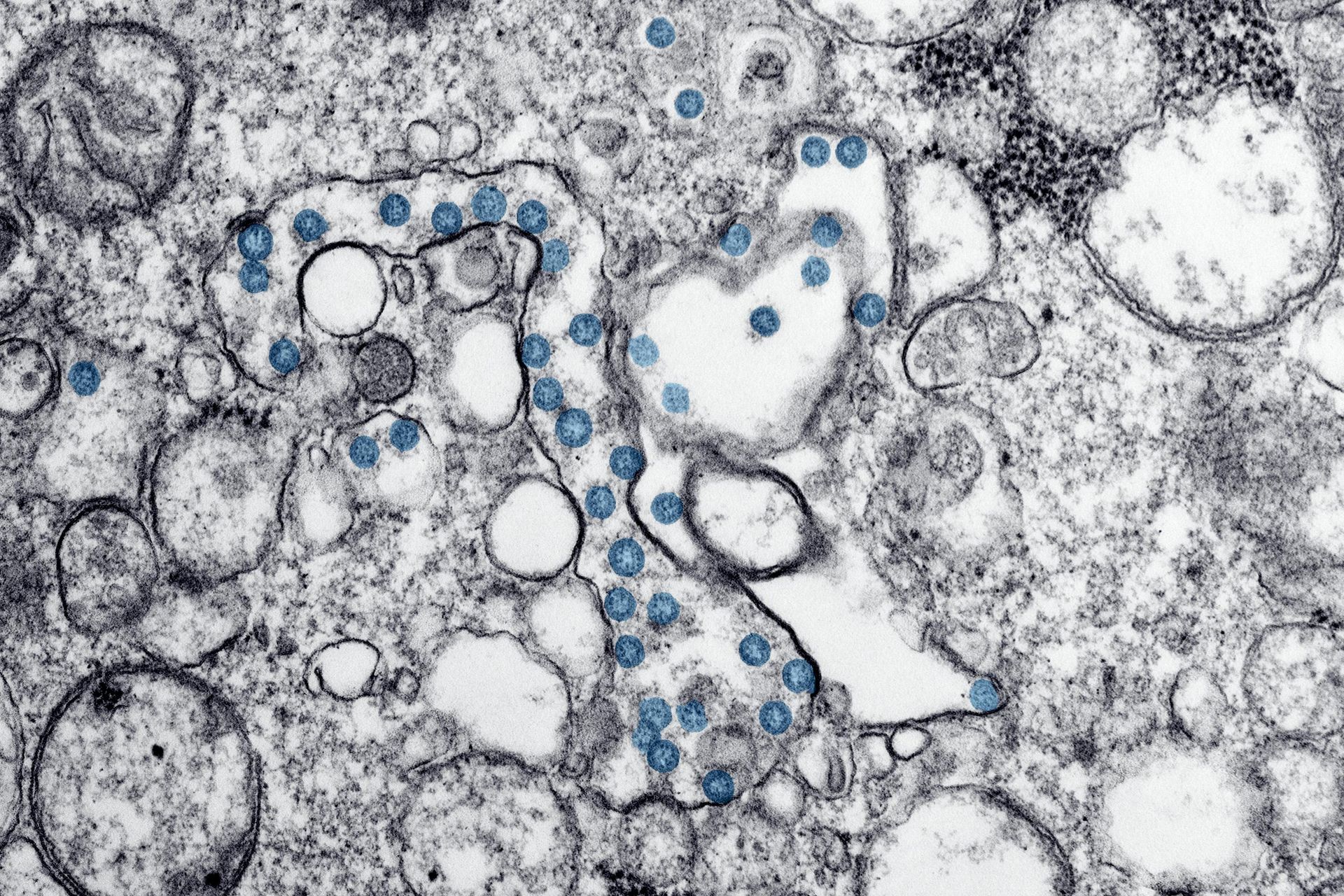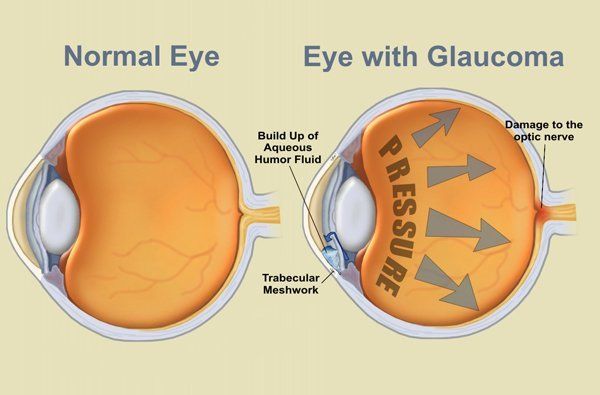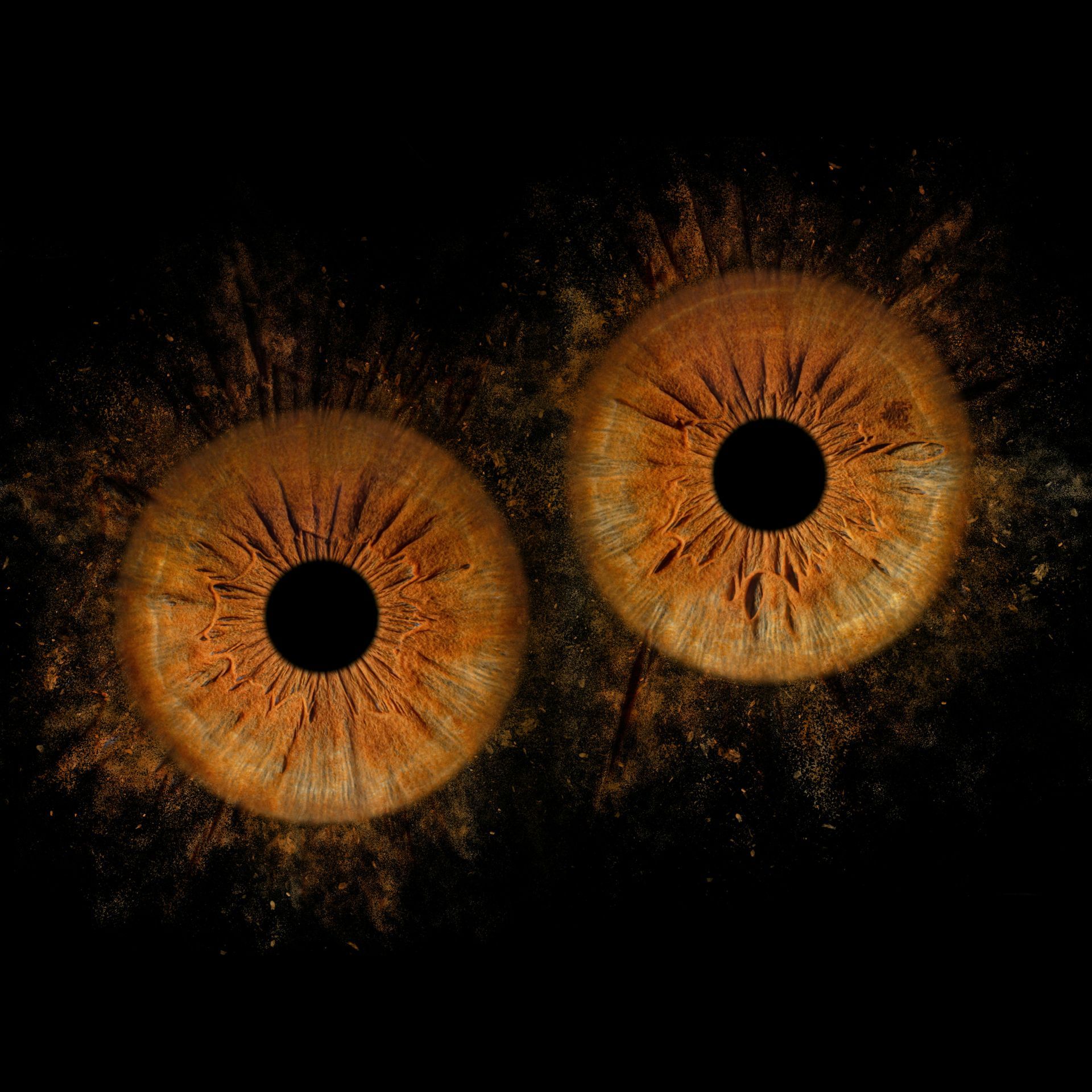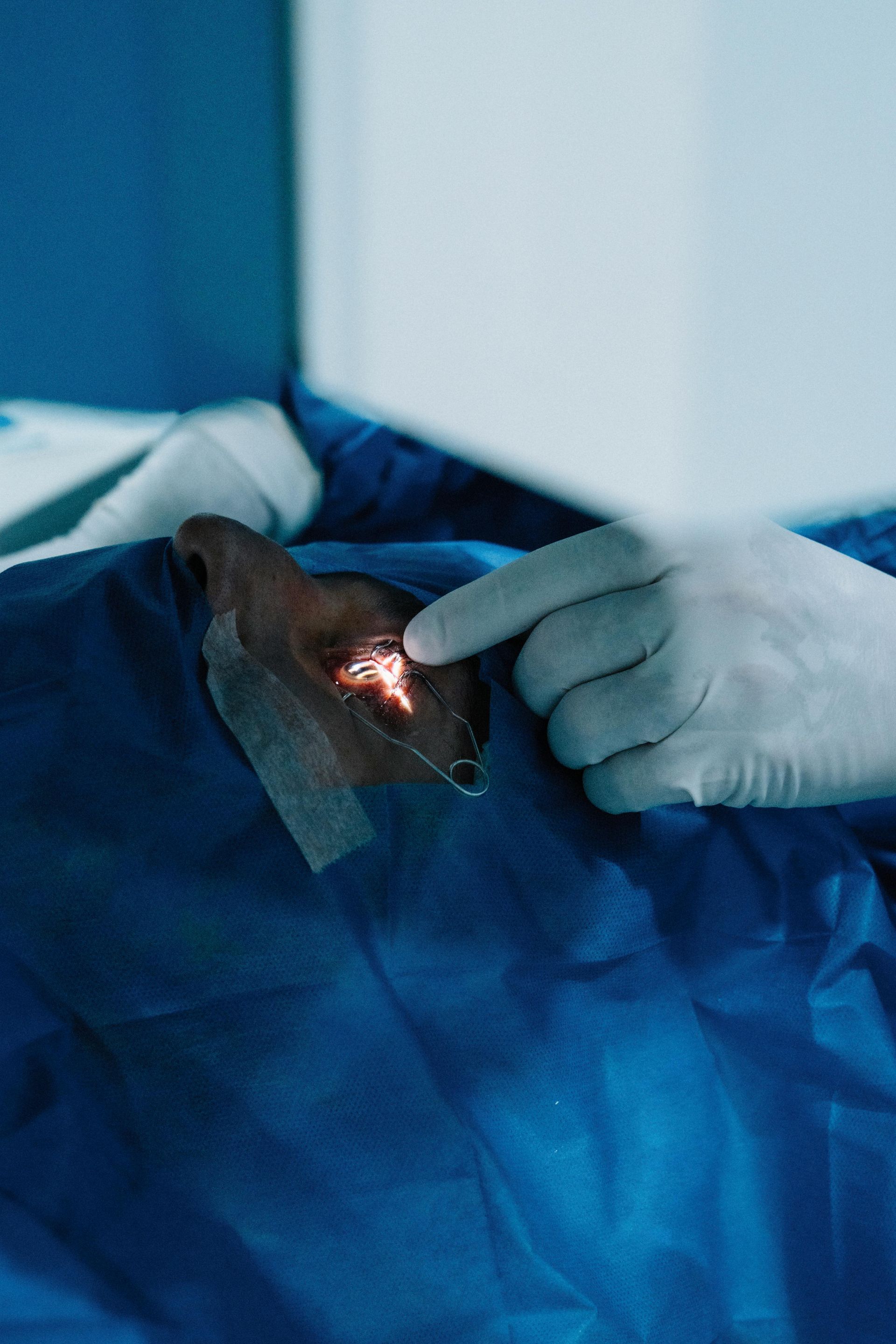Of Carrots and Cones
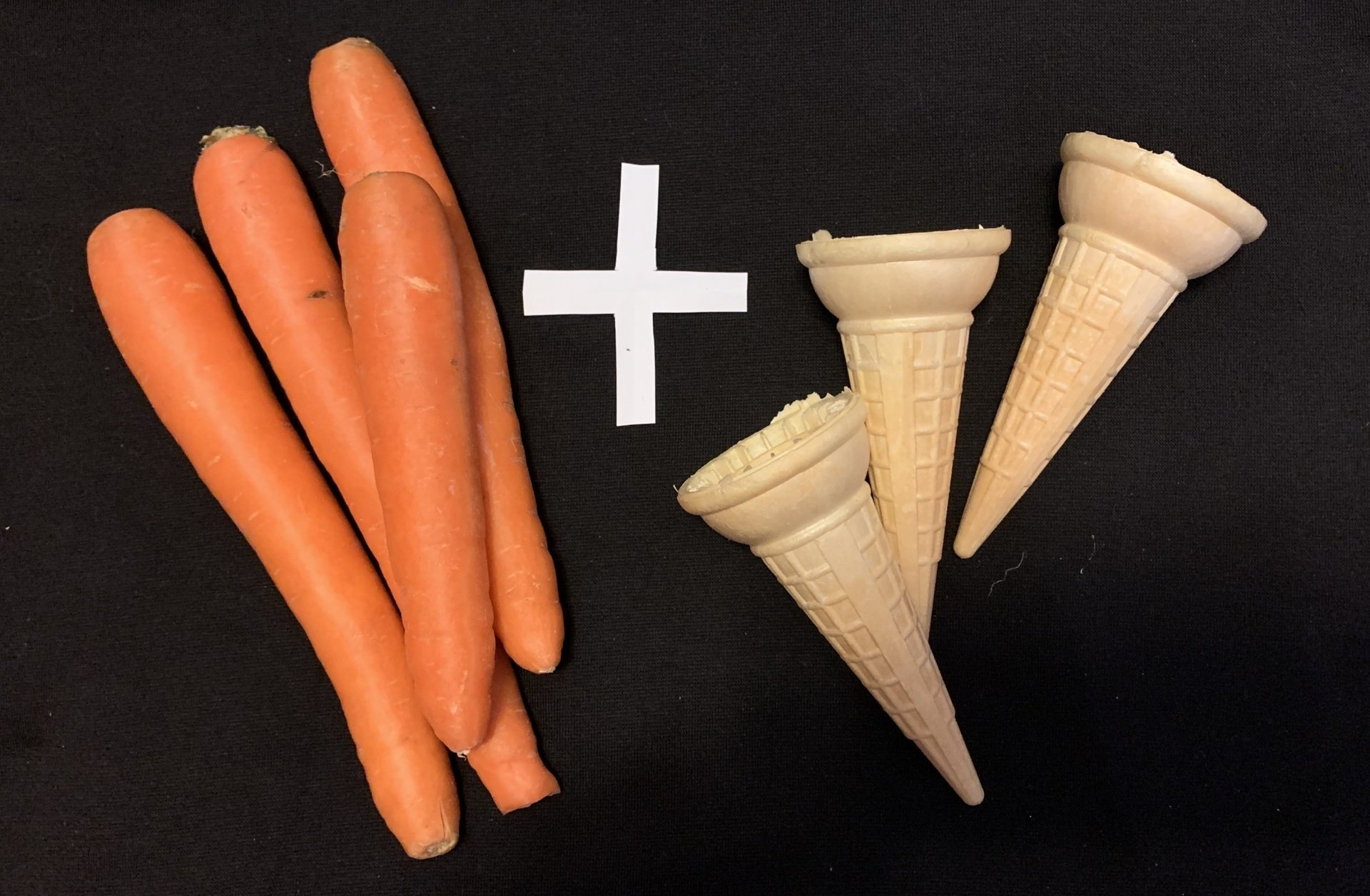
Blog vol 3. 15. Of Carrots and Cones
This past summer, which was way too short and way too dry, we had our annual summer reading club at the Germain household. We all read as many books as possible in the summer. Then we tally the books and give out gift cards (the amount varies depending on how many books a person reads) so we can buy more books.
One of my summer reads was Steinbeck’s Of Mice and Men. The more cynical members of my family accuse me of reading smaller books to inflate my numbers. It is a shorter book and covers the span of four days in the life of two wandering farm labourers in 1930s California. Thus, the title Of Carrots and Cones mirrors Steinbeck’s title, but all this, while very interesting, has nothing to do with the actual blog topic….
Which is really an eye condition called keratoconus. It is a condition that results from having a thinner section of cornea (the outer layer on the front of the eye). When the conditions are right (or wrong really), the internal pressure of the eye will push forward at this thin spot and produce a cone in that region. It can be caused by environmental conditions, in some cases, there is some autosomal dominant genetic transmission, and certain behaviours, like excessive eye rubbing, can contribute (read more here). If left too long, a corneal transplant or a procedure called Intacs may be needed.
The key is to catch it early.
This past week I had a patient in his early 30s who came in with a floater in his eye and reduced vision - keratoconus.
If there is a family member that you know who has it, or if you rub your eyes a lot, or if you are not seeing quite right, these are all excellent reasons to get an eye check.
When I first started practice, we treated this condition by helping the vision with rigid contacts that vaulted over the cone. Since the turn of the century, scientists have discovered that an older cornea from a life of exposure to ultraviolet light is a lot more rigid and not as susceptible to forming a cone. Some creative researcher said, “Let’s bombard the cornea with enough UV to make it a bazillion years old and make it rock hard.”
That is where the procedure called corneal cross-linking came from. The surgeon usually scrapes off the cornea’s epithelium and exposes the thick collagen layer called the stroma and then pours on riboflavin and a huge amount of UV to create an aged cornea.
Cross-linking is now standard of practice for keratoconus. The earlier the patient is diagnosed, the better the result, and studies show that it does not regress, the procedure actually arrests the cone development. Of course, we still work with the results of cone formation but that can be handled with special contact lenses.
Keys to remember: if you are rubbing your eyes a lot, something is wrong. It can be dryness of the eyes, it can be allergies, or it can be a bad habit. Get your eyes checked to see what the problem is, and also make sure your children get regular eye examinations.
As one famous rabbit says, with carrot in hand, “What’s up Doc?”
til next week,
the good doctor

